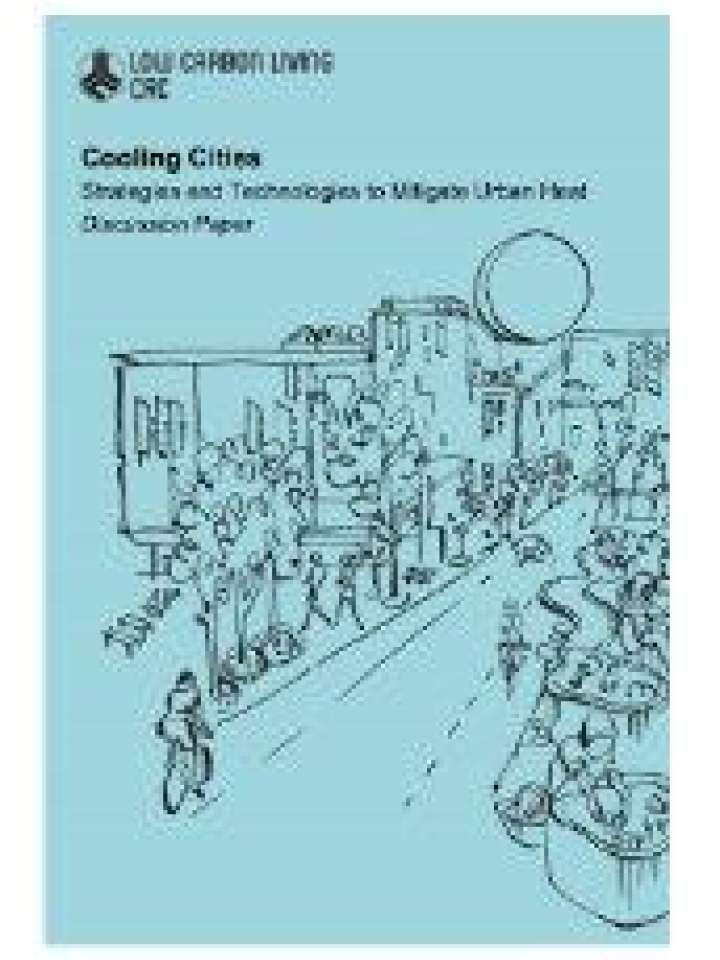Cooling cities: Strategies and technologies to mitigate urban heat
This discussion paper analyses the different natural and built environment mitigation strategies and technologies ̶ urban greenery, green roofs and walls, water-based technologies, cool roofs, and cool pavements - to help local governments reduce the effect of increased heat on their communities and citizens.
Individually, each mitigation strategy can reduce high temperatures in urban areas; together in a citywide adoption, they can drastically reduce the UHI effect itself, while providing many additional co-benefits. By drawing on analytical criteria, local governments can compare the different mitigation strategies available and determine which works best for them.
This discussion paper also examines the existing urban heat mitigation policies and interventions, including government operations themselves, mandatory or incentives for private choices, and public education. Governments face challenges in adapting to urban heat because of the complexity of choices available, limited resources, the need to coordinate among many local agencies and, in some cases, scepticism about climate change. The mitigation strategies and key recommendations proposed in this discussion paper can therefore provide an effective decision framework for governments and other stakeholders to help overcome these barriers.
Explore further
